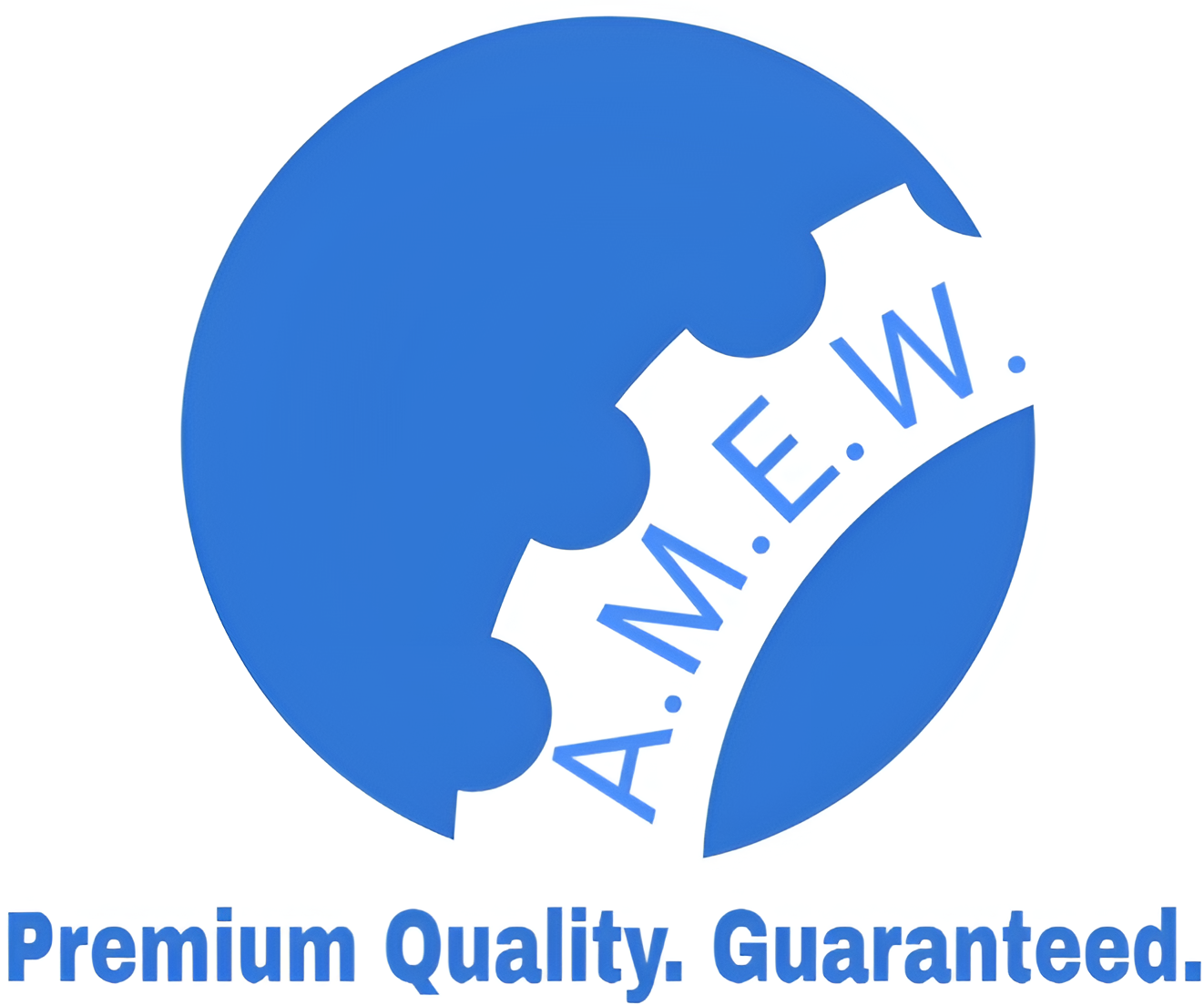Description
Heat Treating: Enhancing Material Properties
Heat treating is a critical metallurgical process used to alter the physical and sometimes chemical properties of a material, typically metals and alloys. This process involves the controlled heating and cooling of a material to achieve desired characteristics such as increased hardness, improved strength, enhanced ductility, or better wear resistance. Heat treating is widely employed in various industries, including aerospace, automotive, manufacturing, and construction, to ensure that materials meet the specific performance requirements of their applications.
Key Processes in Heat Treating
Several heat treating processes can be used depending on the desired material properties. The primary methods include:
- Annealing: A process that involves heating a material to a specific temperature and then allowing it to cool slowly. Annealing reduces hardness, relieves internal stresses, and improves ductility.
- Quenching: This process involves rapidly cooling a material, usually by immersing it in water, oil, or air, after heating it to a high temperature. Quenching increases hardness and strength but may induce internal stresses.
- Tempering: Often performed after quenching, tempering involves reheating a material to a lower temperature and then cooling it down. This process reduces brittleness while maintaining some of the hardness achieved during quenching.
- Normalizing: This process involves heating a material to a temperature above its critical range and then allowing it to cool in air. Normalizing refines the grain structure and improves mechanical properties, making the material more uniform.
- Carburizing: A case hardening process where carbon is added to the surface of low-carbon steels at elevated temperatures to improve surface hardness while retaining a ductile core.
- Austempering: A specialized quenching process that transforms austenite into a bainitic structure, resulting in excellent toughness and wear resistance.
- Martempering: Similar to austempering, this process aims to reduce warping and cracking by cooling the material at a controlled rate, allowing it to transform into martensite without excessive stresses.
Applications of Heat Treating
Heat treating is essential in a wide range of industries for various applications, including:
- Aerospace: Components such as turbine blades, landing gear, and structural frames require heat treatment to achieve the necessary strength, toughness, and fatigue resistance.
- Automotive: Critical parts like gears, crankshafts, and suspension components are heat-treated to enhance their performance and durability under high-stress conditions.
- Manufacturing: Tools, dies, and molds undergo heat treating to improve wear resistance and extend their operational life, resulting in cost-effective manufacturing processes.
- Construction: Structural components such as beams, columns, and fasteners are heat-treated to enhance their strength and load-bearing capacity, ensuring safety and longevity.
- Energy Sector: Heat-treated components in turbines, pumps, and valves are crucial for optimizing performance and reliability in energy production, including oil, gas, and renewable sources.
- Medical Devices: Surgical instruments and implants are heat-treated to ensure biocompatibility, strength, and reliability in critical applications.
Grades of Materials Used in Heat Treating
Heat treating is applicable to a variety of materials, each with specific grades and characteristics that affect the outcomes of the heat treatment process.
| Material Grade | Type | Applications |
|---|---|---|
| AISI 1018 | Low Carbon Steel | Used for structural applications, shafts, and components requiring good weldability and ductility |
| AISI 1045 | Medium Carbon Steel | Commonly used for high-strength applications like gears and axles, needing good toughness |
| AISI 4140 | Alloy Steel | Used in automotive and aerospace components requiring high strength and toughness |
| AISI 4340 | Alloy Steel | Ideal for heavy-duty applications like gears, shafts, and crankshafts, providing superior strength |
| AISI 8620 | Low Alloy Steel | Used for carburized parts, providing excellent wear resistance and toughness |
| AISI D2 | Tool Steel | Excellent wear resistance for cutting tools and dies, requiring high hardness |
| AISI H13 | Hot Work Tool Steel | Suitable for die casting and hot work applications due to high toughness and thermal resistance |
| Stainless Steel 304 | Austenitic Stainless Steel | Used in medical devices and food processing for corrosion resistance and toughness |
| Stainless Steel 316 | Austenitic Stainless Steel | Common in marine applications and chemical processing due to superior corrosion resistance |
| Titanium Grade 5 (Ti-6Al-4V) | Titanium Alloy | Used in aerospace and medical implants for its high strength-to-weight ratio and biocompatibility |
| Inconel 718 | Nickel Alloy | Suitable for high-temperature applications in aerospace and gas turbines due to excellent strength |
| Copper C11000 | Copper Alloy | Used in electrical applications requiring high conductivity and good corrosion resistance |
Benefits of Heat Treating
- Enhanced Material Properties: Heat treating significantly improves the mechanical properties of materials, including hardness, strength, ductility, and wear resistance.
- Increased Durability: Heat-treated components are often more resistant to wear, fatigue, and deformation, extending their service life and reducing maintenance costs.
- Improved Performance: The tailored material properties achieved through heat treatment enhance the overall performance of components in demanding applications.
- Versatility: Heat treating can be applied to various materials, allowing for a wide range of applications across different industries.
- Cost-Effectiveness: By increasing the lifespan and performance of components, heat treating can lead to substantial savings in production and maintenance costs over time.
- Customization: Different heat treatment processes can be combined or adjusted to achieve specific performance characteristics based on the application requirements.






